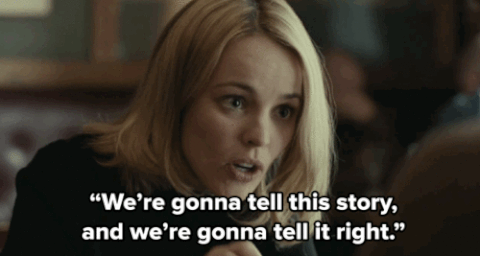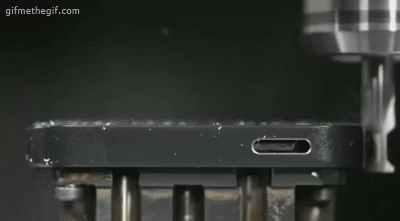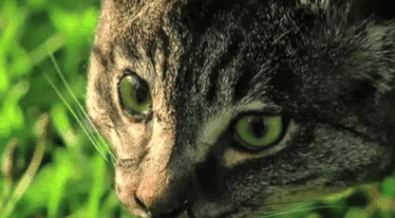
Stop. The presses. Doing STEM degrees doesn’t have to mean to a life of laboratories, coding, Bunsen burners and testing things on tiny dishes. Your career path after a science degree can be as creative as you want it to be. And no, not studying something art-related doesn’t necessarily exclude you from creative careers. I guess you really can have everything.
Some science careers are different – they require a wealth of knowledge about science, yet with the creative spark and debonair presenting skills you might’ve previously associated with other degree disciplines. And that’s just the tip of the iceberg. Here are a few other creative graduate job careers you can get into with STEM degrees.
Communications
You can’t go anywhere in the world without consuming some form of communications. It’s so varied and so versatile. That is precisely why it’s such an exciting, untapped opportunity for scientists.
Going into advertising and communications, you’ll still use that knowledge but you’ll work on exciting campaigns for public health services, food and drink companies, charities, and many more bodies concerned with health and wellbeing. Whether it’s a ‘stop smoking’ film or a press release for a new drug, that scientific mind – along with some inventive thinking and the ability to sell your ideas – might just make all the difference.
Data journalism

Skepta is convinced that the world should ‘quit talking numbers’. We say the exact opposite. Some of the most compelling stories in journalism are born out of numbers.
Those of you with STEM degrees out there, assuming you have the writing skills to back it up, will have the ability to analyse large amounts of raw data and turn it into information. Need to make sense of a prevailing business trend? Need facts to back up your hot take of popular music? Talking about which team is the least disciplined in the league this year? It’s all data, my friend.
Product management

The world of product is a thrilling and exciting one. It requires you to be at your creative best, constantly innovating things to sell units and make user experience better. Don’t be fooled though, it requires a lot of data-related graft behind the scenes.
You’ve gotta know what the people who use your product the most like to do with it, so you can plan your marketing activities and various improvements. For instance, if you run a website, data will tell you where people are clicking and what pages they spend the most time on. After that, you make decisions accordingly. Oh, and in this day and age, you’ll probably need to code too.
Fashion design

You can have all the dreams you want of seeing your meticulously-crafted fashion creations sashay down the catwalk in Milan. You know what you need to get there? Geometry, and lots of it.
It takes a special kind of mind to create a 3D shape out a 2D piece of material. Even more so to fit that design on a model. Your algebra and arithmetic will be put to the test, as will your knowledge of economics. But if you can learn all this, there’s no limit to what you can create.
Animation

Long gone are the days when an animator just had to be able to draw. These days your average animators will have but their STEM degrees and a love of art. Many come from computer science backgrounds, which is vital considering how many of your favourite animated movies and TV shows are built using a plethora of different software programmes. Here’s to you, Pixar.
Taxidermy

If none of these great creative careers appeal to you, then you could do something well and truly off-the-wall. Taxidermists need to have a great comprehension of biology and animal habitats to do their jobs. More besides, you can’t properly tan a hide without a keen knowledge of the chemical processes involved preservation. I mean, it’s kind of an art, right?
Connect with Debut on Facebook, Twitter, and LinkedIn for more careers insights.


